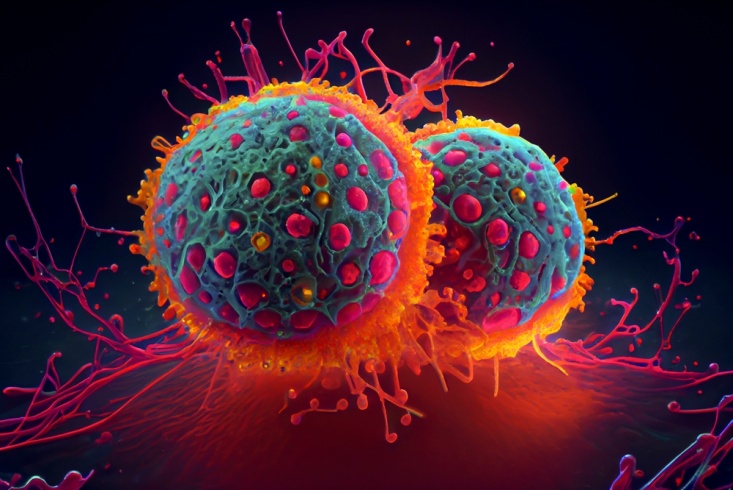Definition:
- There’s no specific definition for rare cancers.
- 24% of all new cancer cases are rare.
- Their specificities are closer to not so rare cancers.
- European Union defines rare diseases as “diseases with a prevalence of fewer than 5 cases out of a population of 10,000.”
- Since the prevalence is affected by mortality, it has been proposed that the incidence of disease should be used instead
- According to the above definition, rare cancers are the ones with incidence of less than 6 per 100,000 persons per year.
- This definition helps in avoiding the common cancers with high mortality to be included in the list
- It makes rare cancer with high survival rate are also included in the list.
- Im the year 2016, Joint Action on Rare Cancers (JARC) re-examined the list of rare cancers comprising of 1968 cancers made by the RARECARE project.
- The cancers were classified into 12 families
- The rare cancers were categorized them into 3 tiers according to the International Classification of Diseases for Oncology (ICD-O) classification:
- First tier: These are supposed to be major cancer entities clinically. (e.g. soft tissue sarcoma etc.)
They play am important role in referral policy and hence have some organizational significance.
-
- Second tier: These are based upon morphologies and topographies (e.g. soft tissue 16 sarcoma of limb etc.)
It has clinical significance.
Have significance in forming trial protocols
The Tier-2 diseases are assembled into a smaller number of Tier-1 diseases.
-
- Third tier: corresponds to the morphological classification.

